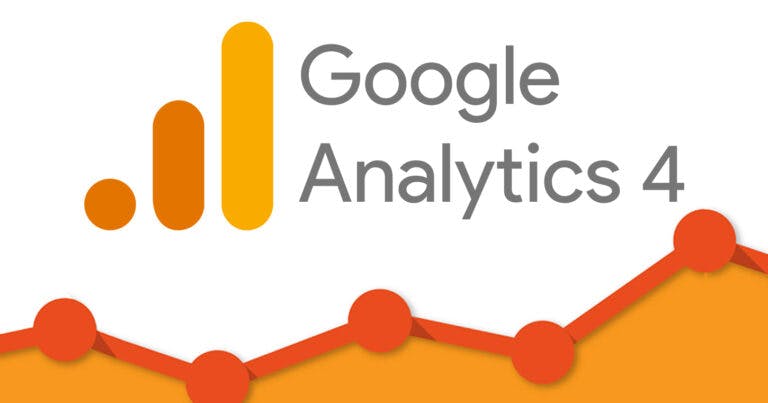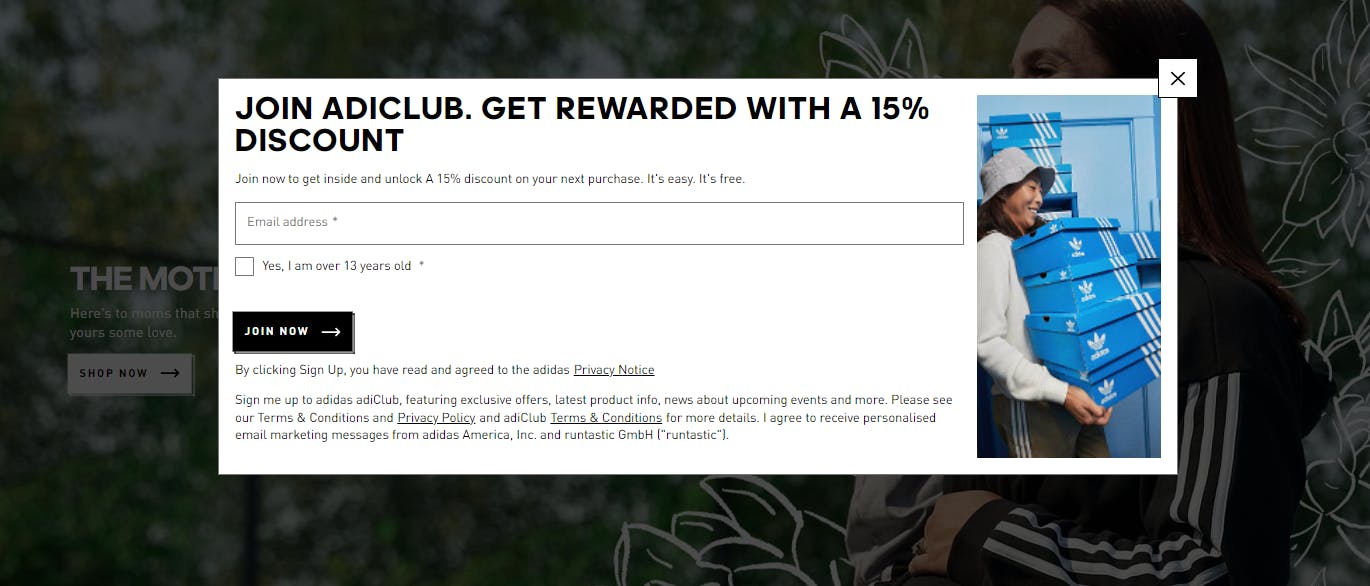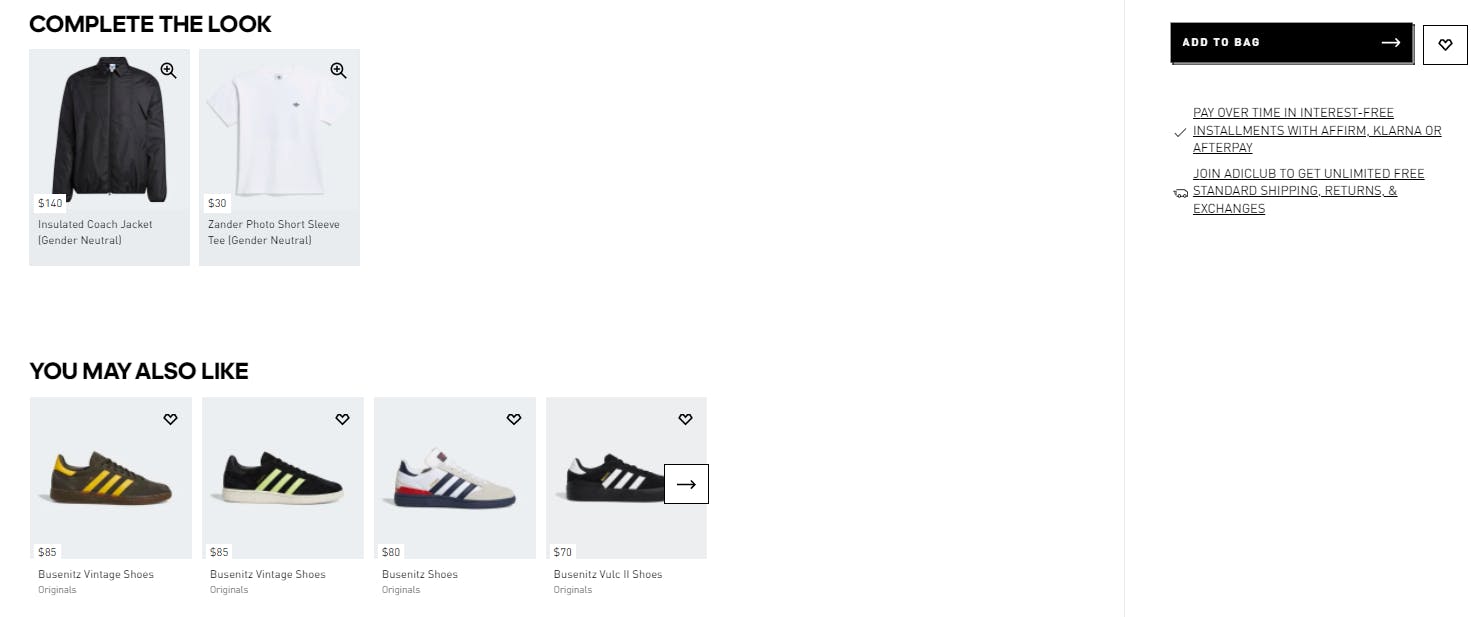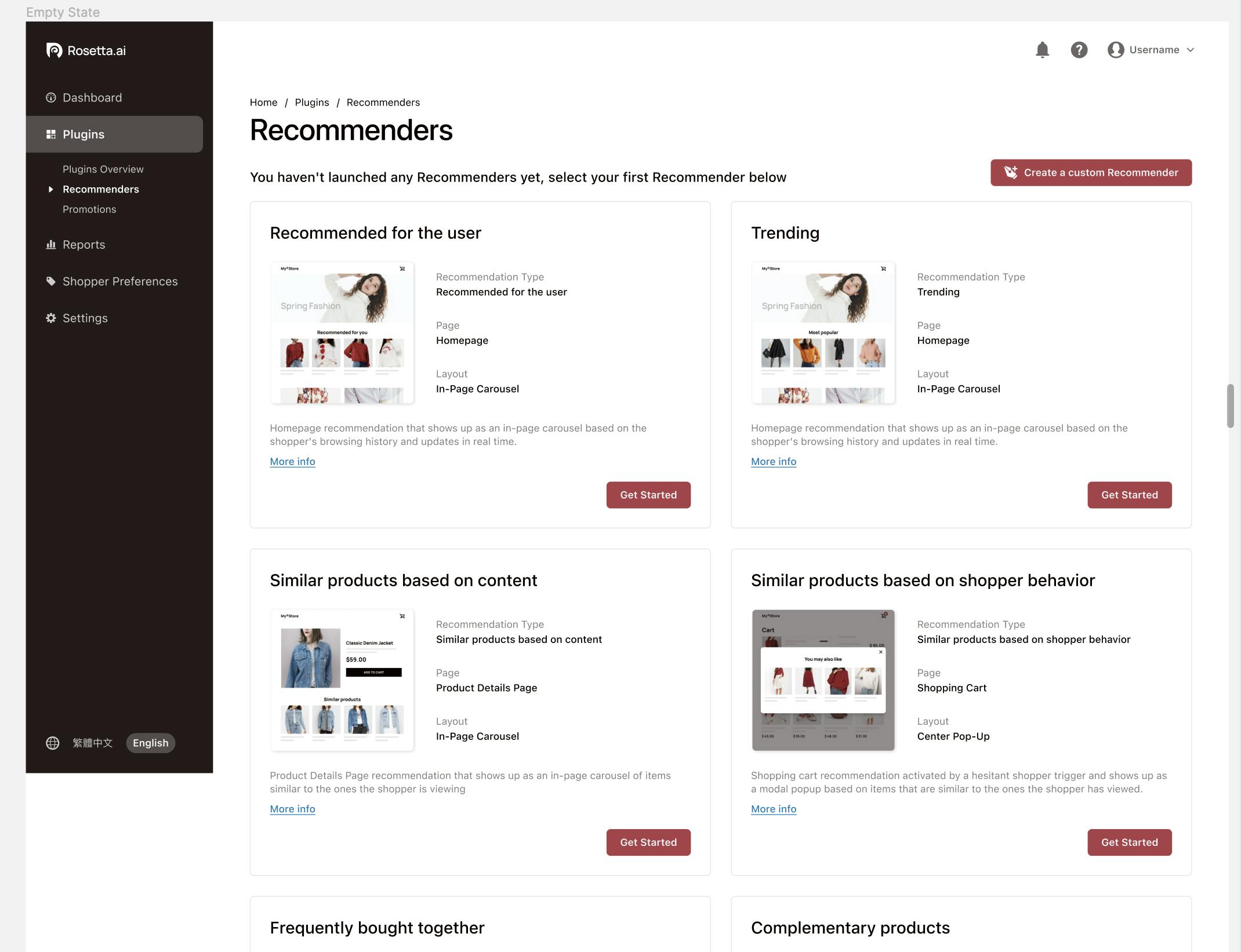Every marketing manager is cringing at the prospect of Google's and Apple's killing of third-party cookies. Marketers will no longer be able to leverage an individual's web history for retargeting ads. How will brands drive customers to websites now? Does this development mean the end of advertising campaigns?
Fortunately, third-party data is not the most valuable data for advertising. First-party data is, and it's your own data and you have the sole right to it. Such good fortune, don't you agree? Not only that. First-party data is the secret juice that will make sterling 1-to-1 personalization a reality.
What is CRO?
If there is one data metric that every marketer absolutely has to track, it’s CRO. What is CRO and why can’t marketers afford to ignore it?
CRO stands for conversion rate optimization. Conversion happens when a website visitor takes an action you want them to take, like filling in a form or providing an email address - any action that will lead to the ultimate conversion: a qualified lead.
Conversion rate optimization, or CRO, is the steps you take to optimize your website so you increase the number of leads you generate. The better your CRO, the more highly qualified leads you’ll have, and the more you'll see your business grow.
Can you DYI CRO best practices?
For ecommerce store owners, conversion rate optimization is tricky. You have to know how to collect the data points and then have a marketing strategy for integrating customer data.
You want to present your most valuable audiences with relevant content on all your web pages so site visitors user behavior
You can certainly spend time and effort to do it yourself, and there are many but it will probably take longer, and deliver a less satisfactory result than using a platform designed to increase conversions.
Benefits of tracking conversions with Google Analytics
Doing it yourself means starting with the basics, Google Analytics. And nobody in marketing is arguing about the benefits of tracking data with Google Analytics, no matter the tech stack you’re considering.
It’s an indispensable tool for business. Google Analytics gives you a better understanding of what makes your website visitors tick, where they are coming from, and how you can drive more value, increase conversion rates and personalize your campaigns.
You can see where you rank in search engines, which keywords attract the most visitors and how your different pages are performing. You can see what’s going on with your competition, and, importantly, you can see which social media platforms your potential customers predominantly use.
Actually, the insights you can gain from Google Analytics are so useful, it’s inconceivable that someone would try to run an online store without leveraging it.
Google Analytics 4, what’s new?

Google recently upgraded its analytics to Google Analytics (GA4). This new version tracks both websites and apps, providing improved analytics and deeper insights into ecommerce site behavior and their visitor behavior. GA4 is now the default Google Analytics installation. For a deep dive into what’s new check out BluTuskr’s article one GA4.
Metrics to track: CRO
Completing a lead form, subscribing to a service, buying a product, or reading a blog post are all registered as events. To measure these actions, you need to configure conversions. Once you have marked an event as a conversion, GA4 will count your conversions and report the numbers in the ‘Conversions’ report.
Metrics to track: bounce rate
Bounce rate is defined as the single-page sessions divided by all sessions. In other words, the percentage of all sessions on your site when a user viewed just a single page and triggered only one request.
An engagement on the other hand meets one of the following criteria: it lasts longer than 10 seconds, consists of more than one pageview, and contains at least one conversion event. A shopper that bounces fails to meet this criteria.
Compared to bounce rate, engagement rate is a more useful metric as it gives you information about what visitors do on your website, not just the numbers that left your website.
What is first-party data?
First-party data is best understood when defined along with zero-party data, second-party data and third-party data. First-party data is information a company gets directly from its customers and it's not to be confused with zero-party data which is data a customer intentionally and shares with a brand; second-party data is someone else's first-party data and third-party data is information collected by companies that don't have a relationship with the consumer.
Zero and first-party data are preferred these days and you can use both, as Adidas does. Zero-party data, for example, is when a shopper fills out a form to join the Adidas AdiClub.

An example of first-party data on the other hand is when visual-AI-driven machine learning figures out which product attributes a shopper likes as they browse through image after image of Adidas sneakers — and then recommends a style that the individual shopper will like, encouraging them to "add to bag."

Why zero/first-party data beats third-party data
Both zero and first-party data are invaluable because it comes directly from your customers who have entrusted you with this information in exchange for your outstanding product or service. Technological advances in customer intelligence solutions have made it possible for marketers to leverage all their first-party data to reach and interact with their actual customers in meaningful and rewarding ways.
First-party customer data: it’s yours and it matters more now
For years, marketers have used third-party customer data points to target consumers, however, changes to Apple’s iOS smartphone software and Google’s Chrome web browser mean marketers can no longer use third-party data for their marketing campaigns.
The new restrictions will affect the entire advertising industry and traditional monetization methods that relied on third-party data will no longer apply.
First-party data, privacy, and cookies
Following Google's planned phasing out of third-party cookies in its Chrome browser, we are facing a cookieless future. The change has been brought about by increasing privacy and security concerns from consumers, and the introduction of privacy legislation, particularly the GDRP.
These changes will require new first-party data strategies to drive performance and quality acquisitions, including leveraging first-party data and a tech stack that enables 1-to-1 personalization.
Marketers know that first-party data is first prize for marketing purposes. Still, most of them don't know what technologies and data strategies to use to benefit from this massive opportunity.
1-to-1 personalization is fueled by first-party data
Since first-party data is cheaper and more accurate, it can help you to improve your marketing efficiency and website personalization by allowing you to deliver 1-to-1 personalization. With 1-to-1 marketing, marketers create a website personalization strategy that offers a truly personalized experience for each valued customer.
With this approach, you are bound to gain and retain customers. It’s well known now that over 80% of shoppers are much more likely to do business with a company that offers personalized experiences.








